3 Benefits Of Cascara Sagrada, How To Use It, & Side Effects
From treating constipation to healing infections, this shrub does it all.

Image: Shutterstock
Cascara sagrada is categorized as a bitter herb and is known for its laxative action. The benefits of cascara sagrada can be attributed to its bark, which possesses many medicinal properties. This shrub is native to the western parts of North America. It has been used for ages as a laxative to relieve constipation and for a better digestive system. Learn more about this shrub and how it can benefit you. Read on.
 Know Your Ingredient: Volcanic Ash
Know Your Ingredient: Volcanic AshWhat Is It?
A shrub commonly used as a laxative.
What Are Its Benefits?
It stimulates bowel movements and is used as a flavoring agent in foods and beverages.
Who Can Consume It?
All except individuals who are pregnant, breastfeeding, or receiving medication for cardiovascular diseases.
How Often?
You can consume up to 300 mg daily. Not to be consumed for more than 1-2 weeks at a time.
Caution
People suffering from stomach pain, intestinal blockage, and kidney diseases should avoid consuming it.
In This Article
How Does Cascara Sagrada Work?
Cascara sagrada is scientifically called Rhamnus purshiana. Its most important benefit is its use as a laxative or cathartic. It is also a common ingredient in most OTC (over-the-counter) laxatives.
Cascara sagrada works as a stimulant for muscle contractions in the intestines. These help move the stool through the bowels, easing constipation.
The compounds that play a role here are the anthraquinones in cascara. They act as irritants to the colon and promote muscle contractions (also called peristalsis) and stool evacuation (1). Anthraquinones achieve this by inhibiting the absorption of water and electrolytes in the intestines.
The constipation-relieving effects of cascara were mentioned in the 1883 edition of The British Medical Journal (2).
But, the FDA has recognized cascara sagrada as a category II agent – which means its use in OTC medications is not considered safe (3).
Hence, we recommend its use in a herbal medicine form – because the efficacy of this shrub is unparalleled.
Key Takeaways
- Cascara sagrada is a natural laxative that can treat constipation.
- The herb may improve liver function and prevent the formation of gallstones.
- It is also known to possess anti-cancer abilities.
- Long-term usage of the herb is not recommended. Nor is it advisable for use during pregnancy and breastfeeding.
How Can Cascara Sagrada Benefit You?
Cascara sagrada benefits are widely researched. The anthraquinones in cascara sagrada help ease constipation. Some sources suggest its efficacy in promoting liver health and preventing cancer – but we need more research on that.
1. Helps Treat Constipation

The anthraquinones in Cascara deserve the credit here. These compounds have laxative or purgative effects and help in gastric emptying. As discussed, these anthraquinones work by triggering muscle contractions in the intestines.
Studies have recognized the strong purgative effects of the bark of cascara. It also helps to treat various forms of dyspepsia (or indigestion) (4).
Cascara can also be used as treatment for irritable bowel syndrome (5).
Latavia Norris, a lifestyle content creator, takes cascara sagrada to cleanse her colon and treat constipation. According to her, consuming it 12 to 24 hours before a bowel movement helps her with constipation as well as bloating. In one of her vlogs, she states, “I take one of these at night. What I find about cascara sagrada is if I take it at night and then I wake up in the morning I’m not as bloated as I was (i).”
2. May Promote Liver Health

Cascara may also benefit the liver. It contains a compound called emodin, which was protective against induced liver damage in rats (6), (7). In the study, rats with acetaminophen-induced liver damage experienced some liver protection after treatment with emodin.
Some anecdotal evidence also suggests that cascara may help treat gallstones.
However, there is limited information on this. We suggest you check with your doctor before using cascara for this purpose.
3. Might Prevent Cancer

One study investigated the anticancer effects of aloe-emodin, a component of cascara, on human liver cancer cell lines. The compound was found to stop cancer cell proliferation and even induce cancer cell death (8). The study concludes by stating that cascara might be useful in preventing cancer – especially that of the liver.
We have very limited research in this regard – so, check with your doctor.
There are certain other anecdotal benefits that are yet to be substantiated with solid evidence. They are discussed below:
- Might Promote Weight Loss

Cascara sagrada is a popular ingredient used in weight loss supplements (9). It is used as a herbal laxative and may potentially induce some weight loss.
But we strongly recommend against using cascara sagrada for weight loss as there are no proven sources supporting the statement.
- Might Heal Parasitic Infections

Some sources state that it has antimicrobial properties that might heal parasitic infections. Anecdotal evidence suggests that it can help treat eczema, but again, we don’t have concrete research to support that.
4. May Help Lower Cholesterol Levels
A study mentioned cascara sagrada as one of the ingredients used in a supplement to manage dyslipidemia, a condition in which bad cholesterol is high and good cholesterol low (10). However, it does not state any direct link between cascara sagrada and improved cholesterol levels.
Cascara sagrada contains phytochemicals such as anthraquinone (11). Research shows that the anthraquinones found in a different plant (Cassia obtusifolia) may help check their lipid-controlling effects. It was shown that anthraquinone, when taken with other cholesterol-lowering medications, may help lower cholesterol levels (12). However, no direct link between cascara sagrada and cholesterol exists. More research is required to study the full effects of cascara sagrada on cholesterol control in humans.
As we saw, a lot of research is still being done, and we are yet to arrive at concrete conclusions. But even with the proven benefits, you need to be careful with the way you use cascara sagrada.
How To Use Cascara Sagrada Safely
If you want to use cascara to treat any health problem, ensure you talk to your doctor first. This is because cascara can cause potential adverse reactions in some individuals. Jordan Anthony, RDN, says, “Because cascara sagrada functions as a laxative, it can interfere with the absorption of a variety of medications, and can also be stressful on the body for long-term use. It’s best to consult a doctor before using it, and to use it only occasionally as needed.”
If you are pregnant or breastfeeding, stay away from cascara. Same goes for your kids below the age of 12 years.
The recommended daily dosage of cascara sagrada bark for adults is typically 15 to 30 grams. This can be divided into multiple doses throughout the day.
Cascara sagrada is not recommended for children. It is important to consult a pediatrician before using any herbal supplement with a child.
Additionally, elderly individuals may be more sensitive to the effects of cascara sagrada. It is recommended to start with a lower dose and monitor for any side effects.
When buying cascara from the market, ensure you read the label of instructions carefully as it might interfere with certain medications you might be taking.
Drink plenty of fluids. Ensure you drink at least six to eight glasses of water a day. This will keep you hydrated and even soften your stool.
In case you are going for cascara supplements, you may want to keep the following in mind:
Herbal supplements like that of cascara sagrada don’t have the need to undergo rigorous testing in the United States. This can lead to the sale of low-quality supplements. To ensure this doesn’t happen to you, only buy supplements certified by independent bodies. These include NSF International, ConsumerLab, or the US Pharmacopeia (USP).
 Quick Tip
Quick TipThe reason you need to be extra cautious while using cascara sagrada is the set of side effects it may potentially cause.
What Are The Side Effects Of Cascara Sagrada?
The major problem with cascara sagrada is associated with its long-term use. Dr. Peter Brukner, a board-certified nutritionist and dietitian, says, “Cascara sagrada is not recommended for long-term use. Prolonged use can lead to dependency, electrolyte imbalances, and potential damage to the colon.” Hence, ensure you double-check on the duration of use.
Following are the side effects you would want to avoid:
- Issues During Pregnancy And Breastfeeding
Not enough is known about the safety of cascara during pregnancy. Please avoid it. Also, stay away from it while breastfeeding as it can cross into breast milk and cause diarrhea in the infant.
- Hepatotoxicity
Long-term use of cascara can lead to liver injury (1). The time of its onset may vary from a few days to two months of use. In most cases, the symptoms of liver injury resolved after discontinuing cascara sagrada.
- Other Issues
The long-term use of cascara sagrada can lead to electrolyte imbalance (13). This results in headaches, severe nausea, muscle weakness, irregular heartbeat, numbness of hands and feet, depression, confusion, reduced urine output, and rebound constipation (14).
Cascara sagrada may also interact with certain drugs. These include digoxin, digitoxin, and digitonin (also called cardiac glycosides, which are used to treat heart failure) (15). Cascara can also interact with corticosteroids, drugs used to treat inflammation.
 Quick Tip
Quick TipInfographic: Cascara Sagrada And Folk Medicine
Extensive research now finally attributes cascara sagrada’s laxative properties to its unique blend of effective and powerful compounds. However, this knowledge has been known since ancient times because the indigenous people of America used cascara sagrada as a medicinal plant. Discover the prime regions where this plant is found and how the natives process it to use it in their folk medicine in the infographic below. Illustration: StyleCraze Design Team
Cascara sagrada benefits your health in numerous ways. It is a natural laxative, and its laxative properties can be attributed to its anthraquinones that stimulate and contract the intestines and facilitate bowel movements. The use of cascara sagrada supplements and adequate water intake may help ease constipation. But since it is not subjected to rigorous testing in the United States, neither its quality nor its safety can be guaranteed. Make sure to watch the duration of the intake and the dosage, and seek the advice of a health care provider before continuing to take this supplement.
Frequently Asked Questions
How long does cascara sagrada take to work?
Cascara sagrada can induce bowel movement within 6 to 8 hours of intake.
How to make cascara sagrada tea?
You can get loose cascara sagrada tea shavings from the market. Steep about a teaspoon of the loose tea in 2/3rd cup of boiling water for about 10 minutes. Strain before drinking.
Avoid cascara teas sold in larger chunks (as opposed to the shavings) as they may have stronger laxative effects. Also, make sure to buy the actual cascara sagrada tea and not the tea made from the skins of coffee berries.
Is cascara the same as senna?
Both cascara and senna are obtained from the Rhamnus purshiana tree. However, there is a fundamental difference between them. Cascara is derived from the bark of the tree while senna is obtained from the leaves and pods.
Does cascara sagrada have caffeine?
Anecdotal evidence suggests that cascara contains a low amount of caffeine. However, more studies are warranted.
Illustration: Benefits Of Cascara Sagrada How To Use It & Side Effects

Image: Stable Diffusion/StyleCraze Design Team
Curious about the daily use of cascara sagrada? Watch this video to explore the benefits, potential risks, and recommended usage guidelines of this herbal supplement.
Personal Experience: Source
StyleCraze's articles are interwoven with authentic personal narratives that provide depth and resonance to our content. Below are the sources of the personal accounts referenced in this article.
i. Cascara Sagrada For Colon Cleansinghttps://www.youtube.com/watch?v=bQ0Wq5x5Jcc
References
Articles on StyleCraze are backed by verified information from peer-reviewed and academic research papers, reputed organizations, research institutions, and medical associations to ensure accuracy and relevance. Read our editorial policy to learn more.
- “Cascara” National Institutes of Health.
- “Cascara sagrada in constipation” The British Medical Journal.
- “Cascara sagrada” University of Rochester Medical Center.
- “Note on the bark of Rhamnus…” Dr. W. Craig’s note on Rhamnus purshiana.
- “New treatments for irritable bowel syndrome…” National Center for Biotechnology Information.
- “Emodin” US National Library of Medicine.
- “Dose-dependent hepatoprotective effect of…” Experimental and Toxicologic Pathology, US National Library of Medicine.
- “The antiproliferative activity of…” Life Sciences, US National Library of Medicine.
- “Should weight-loss supplements…” The College of Family Physicians of Canada, US National Library of Medicine.
- “A descriptive study of commercial herbal dietary supplements used for dyslipidemia—Sales data and suspected adverse reactions” National Institute of Health.
- “Anthraquinone” BioMed Central.
- “Isolation of six anthraquinone glycosides from cascara sagrada bark by high-performance countercurrent chromatography” National Institute of Health.
- “Botanical dietary supplements gone bad” Chem Res Toxicol, US National Library of Medicine.
- “Electrolytes ” StatPearls [Internet].
- “Herbal remedies…” Critical Care Nurse.
Read full bio of Vd. Naveen Sharma
- Dr. Peter Brukner is a specialist sports and exercise physician with over 30 years of experience. He earned his Bachelor's degree in Medicine from The University of Melbourne. He is the founding partner of Olympic Park Sports Medicine Centre in Melbourne and Professor of Sports Medicine at La Trobe University. He is also a founding Executive Member of the Australasian College of Sports Physicians, where he served two terms as President. He played a key role in establishing sports medicine as a medical specialty in Australia.Dr. Brukner is also the co-author of the widely used textbook Clinical Sports Medicine and has been the team physician for several professional football clubs and national athletics, swimming, soccer, and men’s hockey teams, including teams for the Olympic and Commonwealth Games. Peter was the Socceroos Team Doctor at the 2010 World Cup in South Africa and, more recently, Head of Sports Medicine and Sports Science at Liverpool Football Club.
 Dr. Peter Brukner is a specialist sports and exercise physician with over 30 years of experience. He earned his Bachelor's degree in Medicine from The University of Melbourne. He is the founding partner of Olympic Park Sports Medicine Centre in Melbourne and Professor of Sports Medicine at La Trobe University. He is also a founding Executive Member of the Australasian College of Sports Physicians, where he served two terms as President. He played a key role in establishing sports medicine as a medical specialty in Australia.Dr. Brukner is also the co-author of the widely used textbook Clinical Sports Medicine and has been the team physician for several professional football clubs and national athletics, swimming, soccer, and men’s hockey teams, including teams for the Olympic and Commonwealth Games. Peter was the Socceroos Team Doctor at the 2010 World Cup in South Africa and, more recently, Head of Sports Medicine and Sports Science at Liverpool Football Club.
Dr. Peter Brukner is a specialist sports and exercise physician with over 30 years of experience. He earned his Bachelor's degree in Medicine from The University of Melbourne. He is the founding partner of Olympic Park Sports Medicine Centre in Melbourne and Professor of Sports Medicine at La Trobe University. He is also a founding Executive Member of the Australasian College of Sports Physicians, where he served two terms as President. He played a key role in establishing sports medicine as a medical specialty in Australia.Dr. Brukner is also the co-author of the widely used textbook Clinical Sports Medicine and has been the team physician for several professional football clubs and national athletics, swimming, soccer, and men’s hockey teams, including teams for the Olympic and Commonwealth Games. Peter was the Socceroos Team Doctor at the 2010 World Cup in South Africa and, more recently, Head of Sports Medicine and Sports Science at Liverpool Football Club. - Jordan Anthony is a Registered Dietitian Nutritionist with over 6 years of experience. She was a public relations professional before she went back to the University of Southern California to get a Master's degree in Nutrition, Healthspan and Longevity. She is currently serving as the Senior Director of Nutrition at Ahara Corporation in Los Angeles, USA.
 Jordan Anthony is a Registered Dietitian Nutritionist with over 6 years of experience. She was a public relations professional before she went back to the University of Southern California to get a Master's degree in Nutrition, Healthspan and Longevity. She is currently serving as the Senior Director of Nutrition at Ahara Corporation in Los Angeles, USA.
Jordan Anthony is a Registered Dietitian Nutritionist with over 6 years of experience. She was a public relations professional before she went back to the University of Southern California to get a Master's degree in Nutrition, Healthspan and Longevity. She is currently serving as the Senior Director of Nutrition at Ahara Corporation in Los Angeles, USA.
Read full bio of Ravi Teja Tadimalla
Read full bio of Arshiya Syeda
Read full bio of Sindhu Koganti





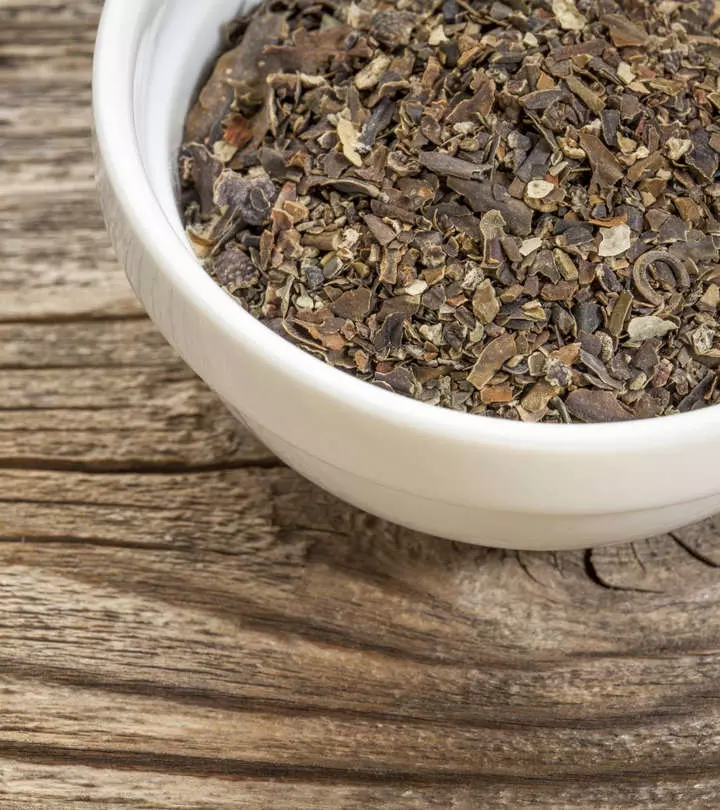
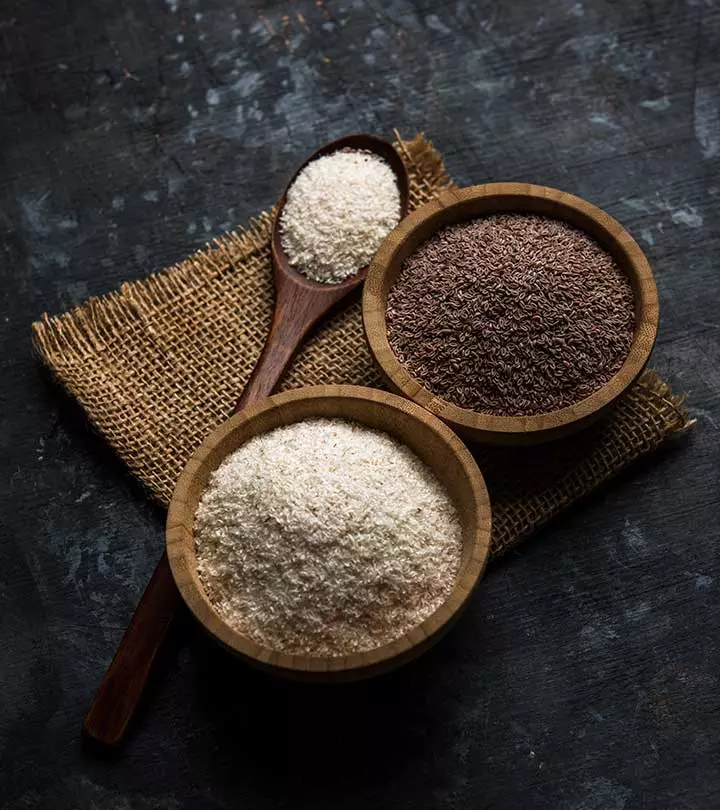
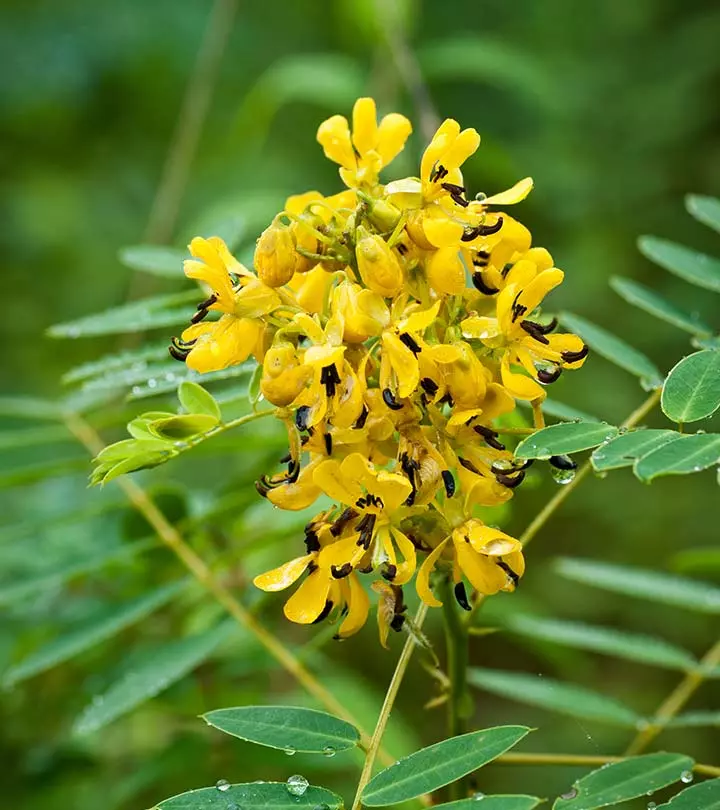


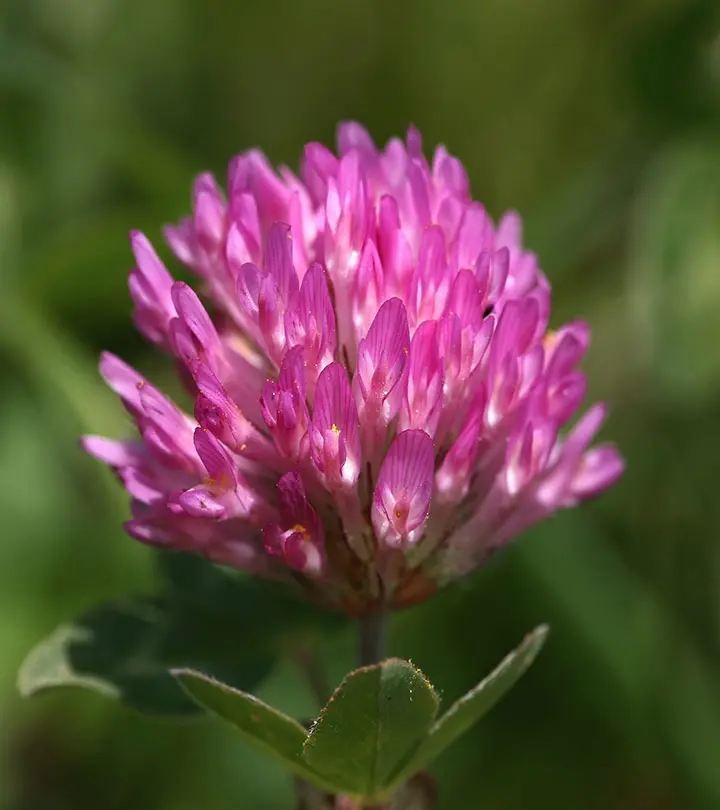
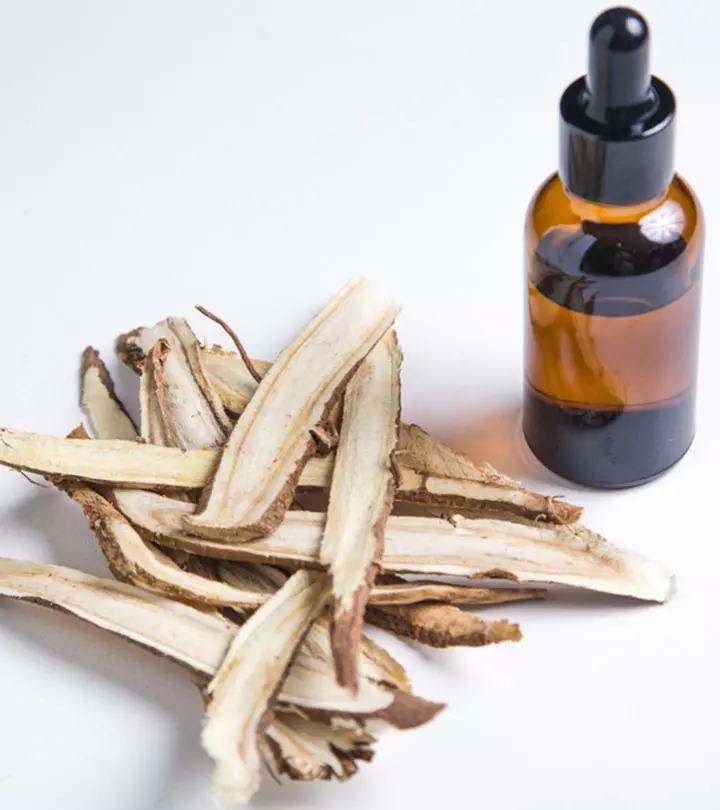


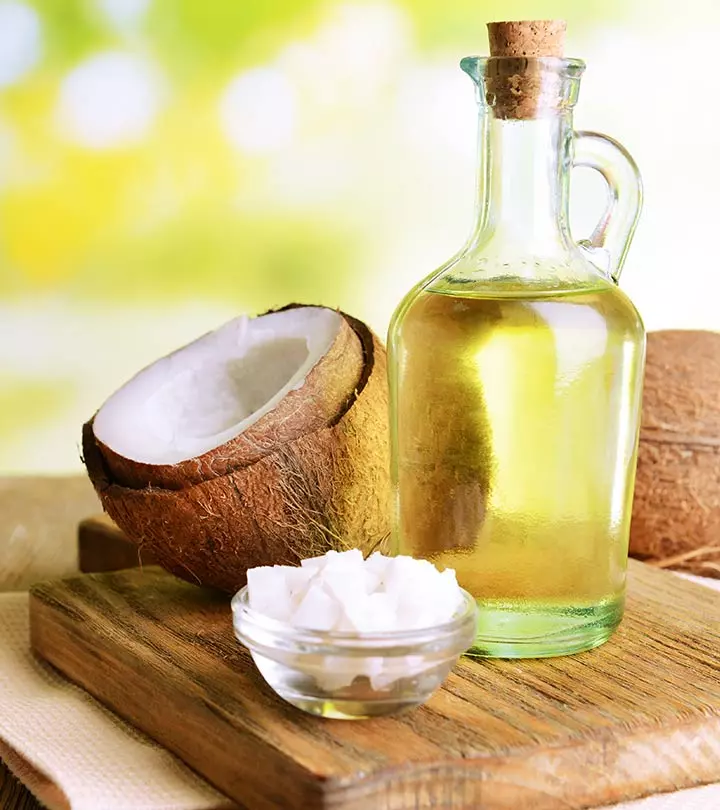

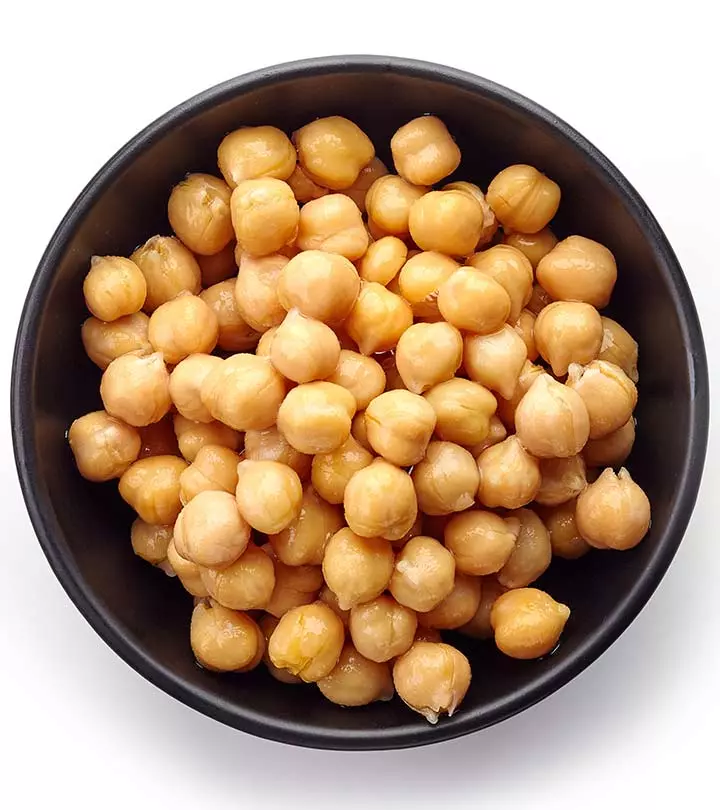
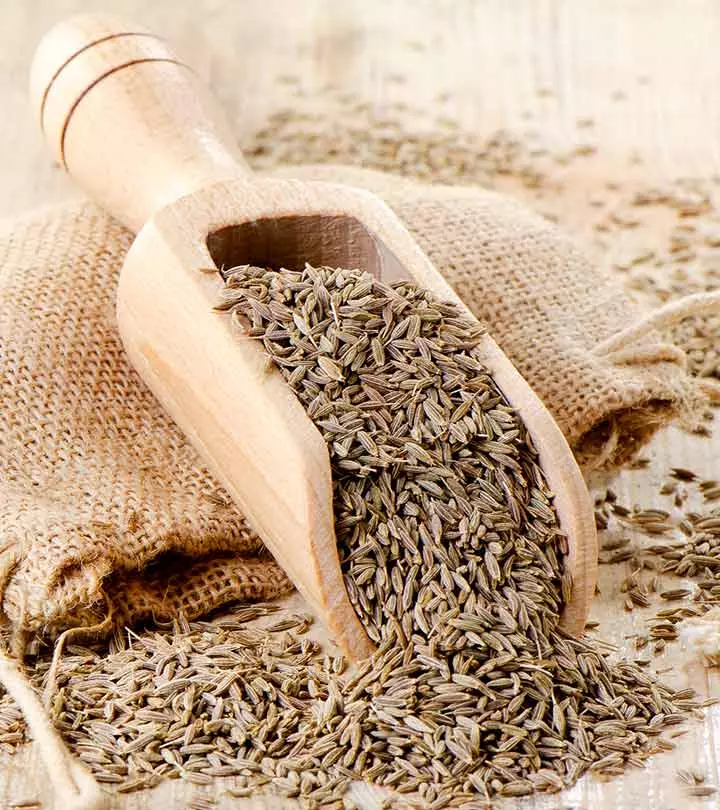



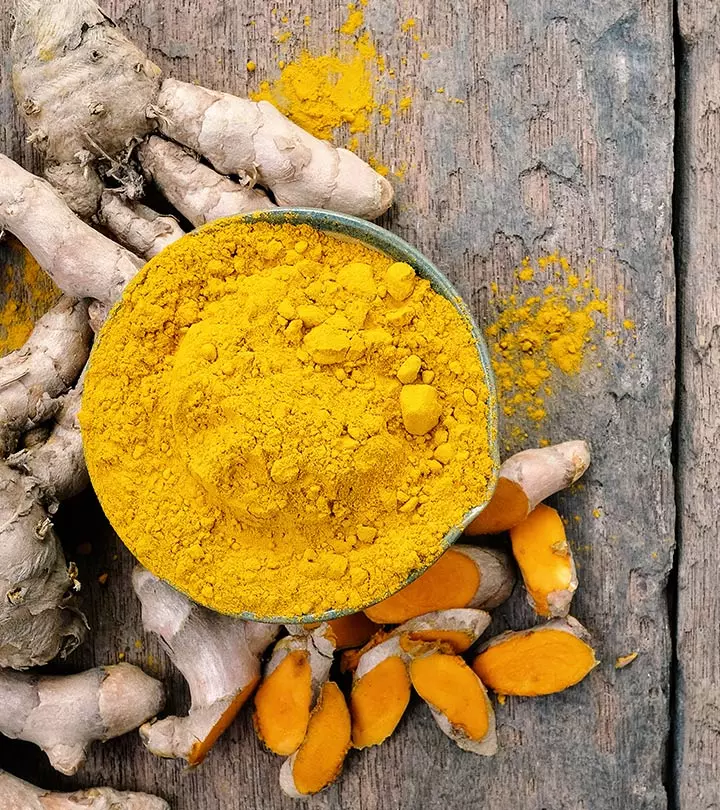
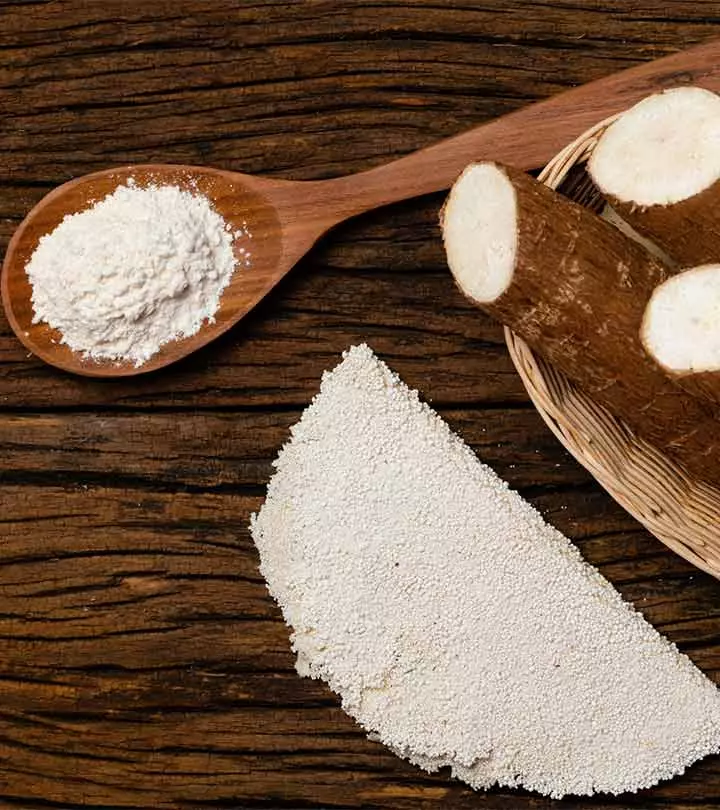


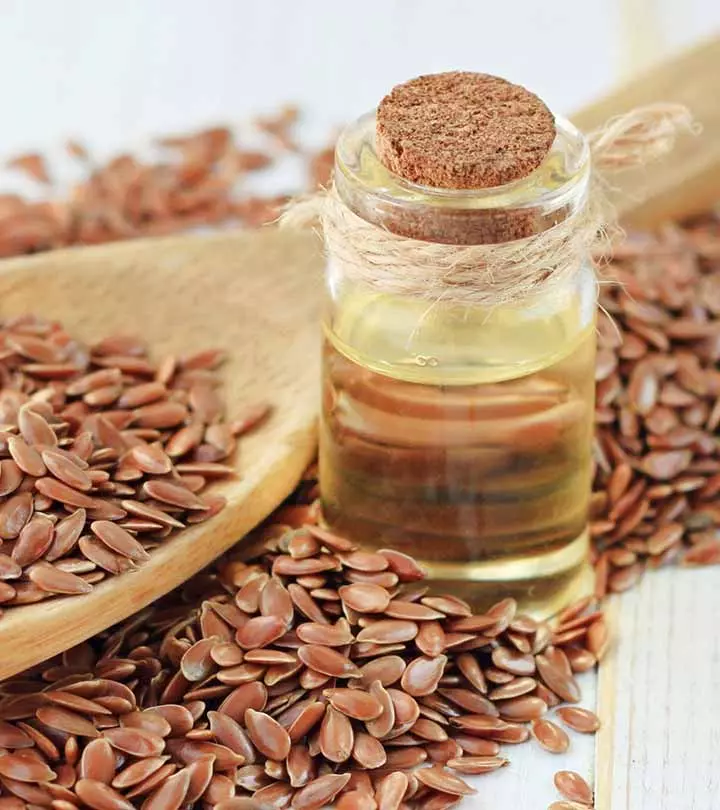
Community Experiences
Join the conversation and become a part of our empowering community! Share your stories, experiences, and insights to connect with other beauty, lifestyle, and health enthusiasts.